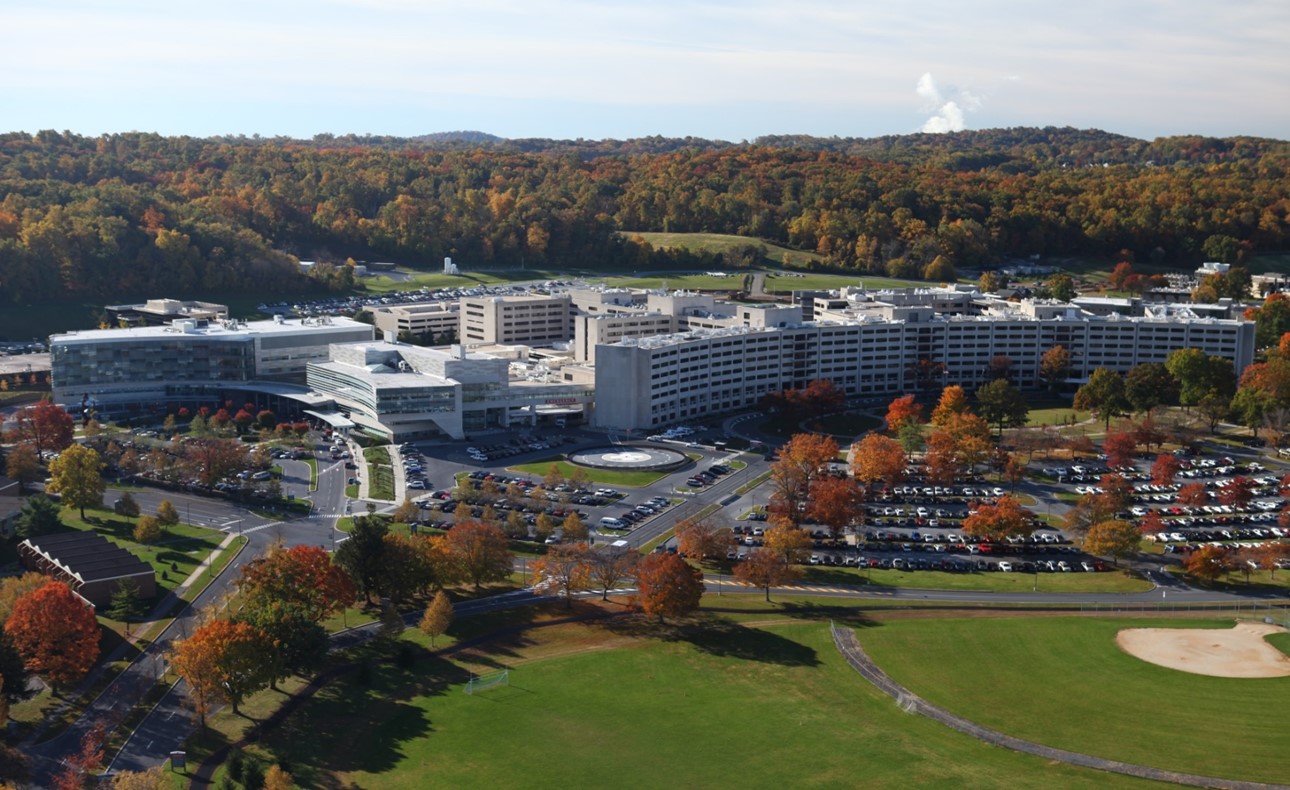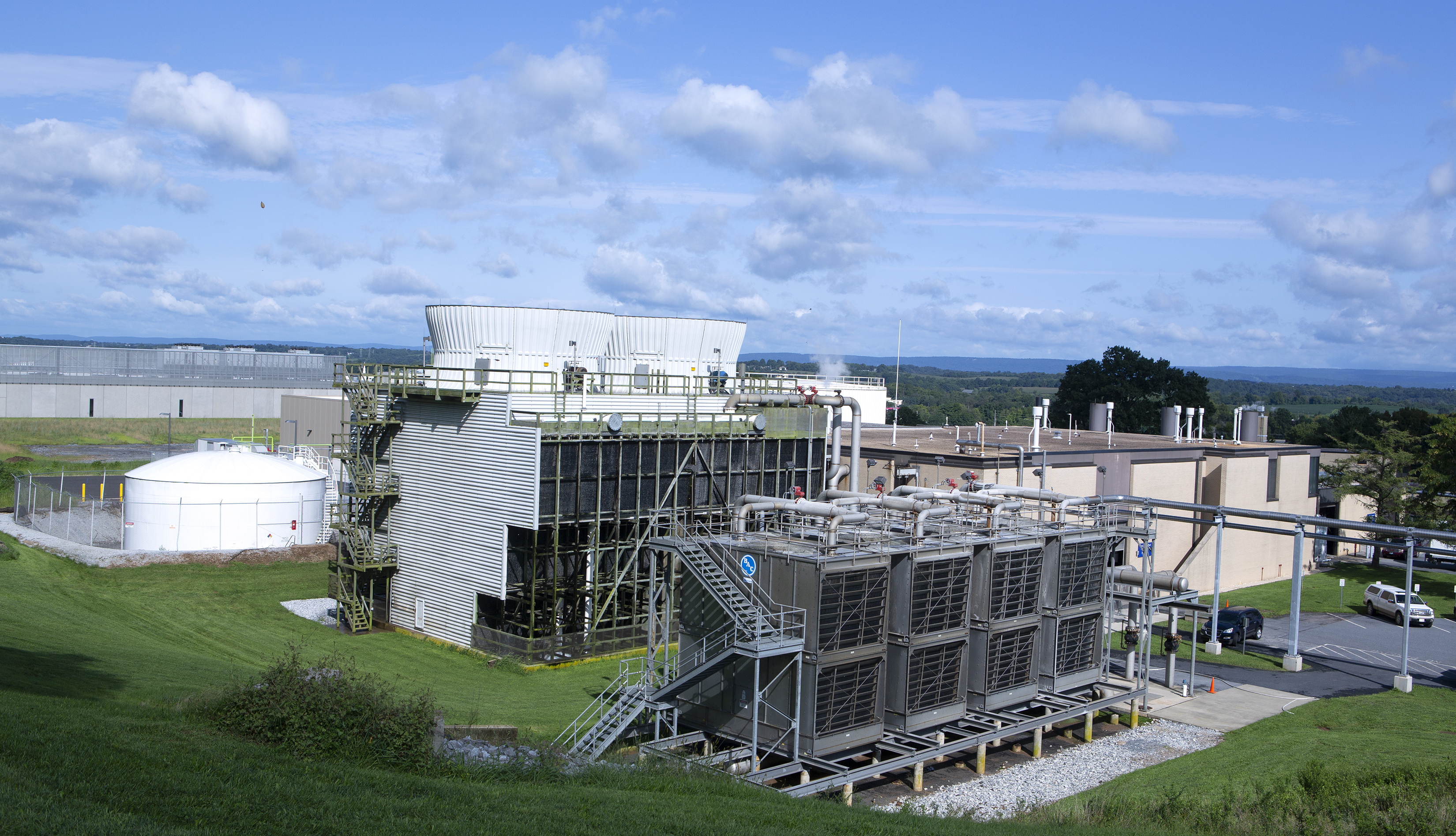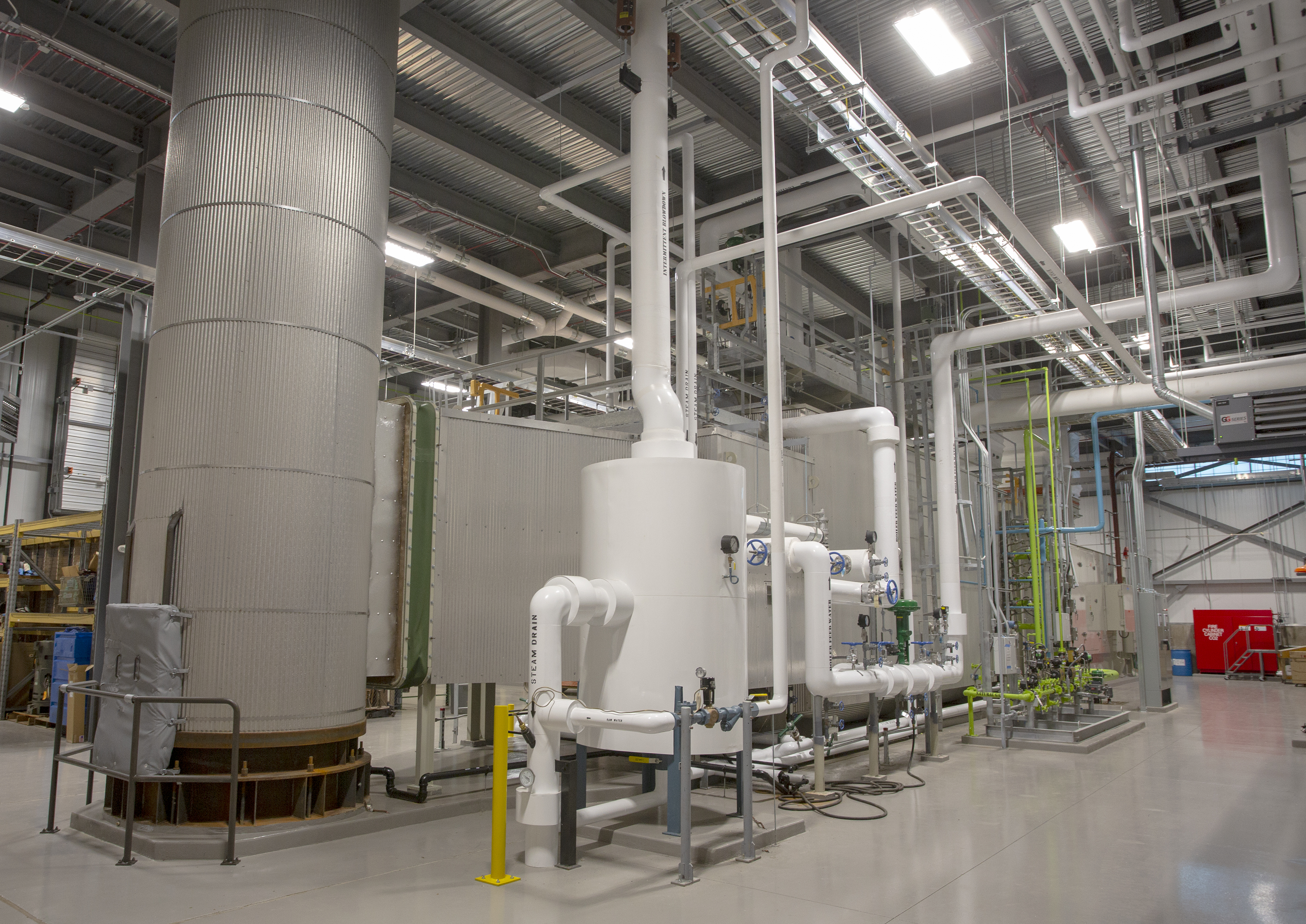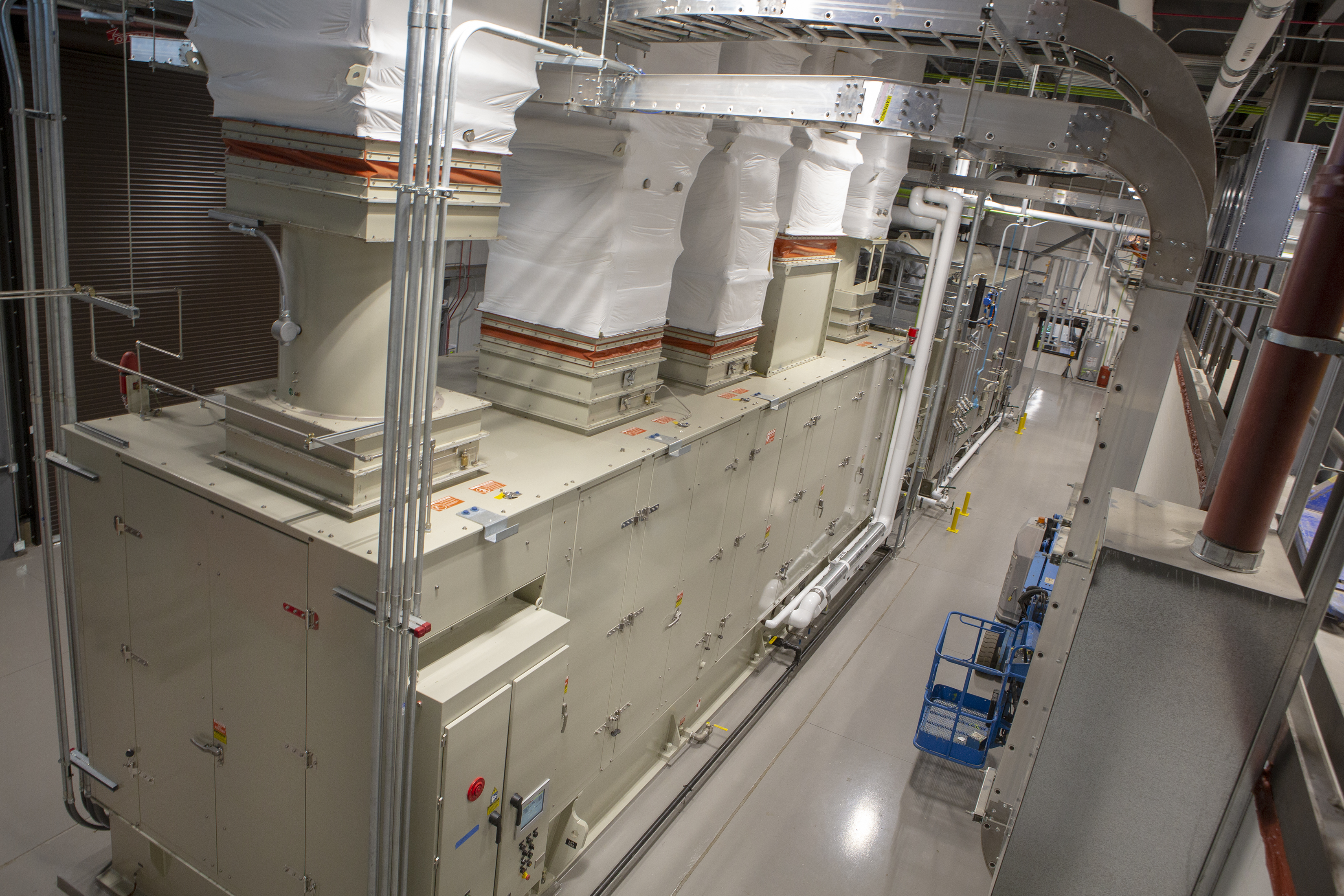Project Location
Hershey, PA
United States
Project Owner
Project Type
Penn State Health Milton S. Hershey Medical Center is a 628-bed teaching and research hospital serving Central Pennsylvania. The Milton S. Hershey Medical Center is the region's only academic medical center and the only medical facility in Pennsylvania to be accredited as a Level 1 trauma center for both children and adults. As such, it recognizes the critical importance of a resilient, reliable and sustainable energy infrastructure.
Following the 2010 electric deregulation of the power grid serving Hershey Medical Center, staff conducted a detailed analysis of the energy consumption across the campus. The Medical Center implemented an Energy Conservation Program that included launching a preventative and predictive maintenance program for all critical assets; equipping more than 90% of the campus buildings with advanced metering infrastructure; optimizing HVAC equipment; implementing a load management system; upgrading energy lighting system controls; and installing improved lighting systems. Through these measures alone, the facility has reduced its weather normalized energy consumption per square foot by approximately 20%, which translates to 153,000 MMBtu or $3.4 million or 20,000 metric tons of carbon footprint reduction. These energy conservation measures lead to financial savings as well as environmental performance improvements (carbon reduction).
Hershey Medical Center has self-generated its own steam and chilled water through its on-campus central utility plant, from inception in 1965. Historically, the central utility plant has provided 100% of the campus heating and cooling loads using on-site dual fuel –– natural gas and heating oil –– steam boilers and electric chillers. In addition to the chillers, the facility maintains a 1.4 million gallon chilled water storage tank, used for peak electrical demand reduction. In 2014, Medical Center leadership determined that another major component of a more resilient, reliable and sustainable energy system would be the generation of electricity on campus. This required the construction of an 8 MW combined heat and power (CHP) plant with a heat recovery steam generator (HRSG) and steam turbine generator. Since coming online, this unit has provided 49% of the campus electrical load; substantially increased the fuel use efficiency from approximately 51% to approximately 75%; mitigated approximately 55,000 MWh of electrical supply and distribution losses; and reduced the facility’s carbon emissions related to the procurement of electricity by over 10%. Combined, the CHP has resulted in a System Energy Efficiency Coefficient Index of 83%, significantly higher than Pennsylvania’s overall index of 45%.
Implementing energy efficiency measures to a major regional energy user such as Hershey Medical Center has a significant impact on the community it serves. A reliable, resilient and sustainable energy infrastructure system benefits the community by providing additional assurance that the facility will remain operational even during periods of energy supply uncertainty (i.e., severe weather events and regional grid failures). Furthermore, reducing emissions related to energy consumption has a positive impact on regional community health. Additionally by saving over $4 million annually in energy savings Hershey Medical Center has been able to invest in infrastructure, in order to provide a higher level of patient care.
The Green Business Certification Inc. (GBCI) Performance Excellence in Electricity Renewal (PEER) certification program was a natural fit with MSHMC Facilities staff energy goals and strategic planning. The PEER Rating System measures and improves power systems performance and electricity infrastructure. The third party evaluation of the Hershey campus infrastructure and data, an integral part of the PEER Certification process was highly beneficial.. It brought all the campus data together for comprehensive evaluation. The certification process helped facility staff see and understand their strengths and weaknesses and pointed to additional analysis and improvements that could be made to increase the campus reliability, resilience and sustainability.
"The PEER Certification process forced us to step back, from the day-to-day tasks of operating and maintaining the campus infrastructure to support the Milton S. Hershey Medical Center mission, and holistically consider the campus as a microgrid and the future of renewable energy and sustainability possibilities," explained Kevin Kanoff, Campus Energy Engineer.
"We are committed to a holistic framework that addresses the efficiency and effectiveness of our electrical system," agreed Marvin W. Smith, P.E., CHFM Assistant Vice President, Facilities Penn State College of Medicine Penn State Health Milton S. Hershey Medical Center. "Through PEER certification, we demonstrate dedication to reliability, resiliency and the environment."



